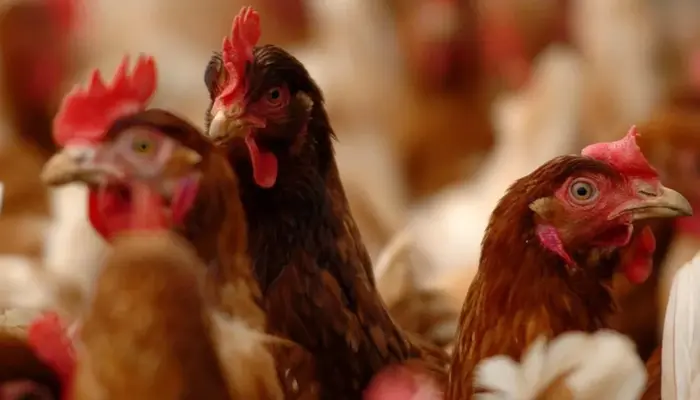The recent bird flu outbreak in the United States has raised alarm, with detections reported in wastewater samples across four states. According to the Centers for Disease Control and Prevention (CDC), California, Nevada, Iowa, and Illinois have all reported cases of avian influenza A(H5), sparking public health concerns. California, identified as the epicenter, has experienced the most severe impact, with 49 of the 52 positive detections nationwide.
Bird Flu Detection and Tracking
Updated CDC data, spanning November 10 to December 21, highlights locations where bird flu was identified in wastewater samples. California leads in the number of detections, prompting Governor Gavin Newsom to declare a state of emergency on December 18. Wastewater surveillance serves as a crucial tool for early detection of the virus, providing real-time insights into outbreak trends.
Each wastewater testing site is categorized as “H5 Detection” when the virus is present or “No Detection” if absent. While the system offers early warnings, it cannot distinguish between virus sources such as humans, animals, or animal products.
State-Specific Impacts
California remains the hardest hit, with 36 human cases, 697 infected cattle herds, and 127 poultry flocks testing positive for bird flu. Nevada has reported no human cases but confirmed infections in one cattle herd and three backyard poultry flocks.
Iowa recorded one human case linked to poultry farming, along with 13 infected cattle herds and 62 poultry flocks. Meanwhile, Illinois has no human or cattle cases but reported infections in 10 poultry flocks.
Public Health Concerns
A severe human case in Louisiana has heightened concerns, as mutations in the virus suggest it may be adapting to human hosts. Experts warn that such mutations could have significant implications for pandemic preparedness. While the CDC maintains that the current risk to public health remains low, the potential for human-to-human transmission has not been observed.
Over 15 million people live in areas where wastewater samples have tested positive for bird flu. Despite its limitations, wastewater testing remains a vital early-warning system to monitor virus activity and guide response efforts.
Read: Mosquito-Borne Diseases Surge in Khyber Pakhtunkhwa: A Public Health Alarm
Agricultural and Economic Impact
Beyond public health, the bird flu outbreak has severely impacted agriculture, particularly in California. Hundreds of cattle herds and poultry flocks have tested positive, affecting food supplies and livestock operations.
The CDC continues to update its wastewater surveillance data weekly and collaborates with health and agricultural partners to address the outbreak. Measures include investigating detections, managing livestock infections, and mitigating risks to the food supply chain.
Collaborative Efforts to Combat Bird Flu
As the bird flu outbreak evolves, early detection and coordinated responses are essential. The collaboration between the CDC, public health agencies, and agricultural partners underscores the importance of vigilance in controlling infectious diseases. By leveraging tools like wastewater surveillance, authorities aim to contain the spread and minimize its impact on both public health and the agricultural sector.
With California at the forefront of the outbreak, efforts to manage the crisis serve as a critical example of how states can respond to emerging health threats effectively.
Follow Day News on Google News, Instagram, YouTube, Facebook, Whats App, and TikTok for latest updates
